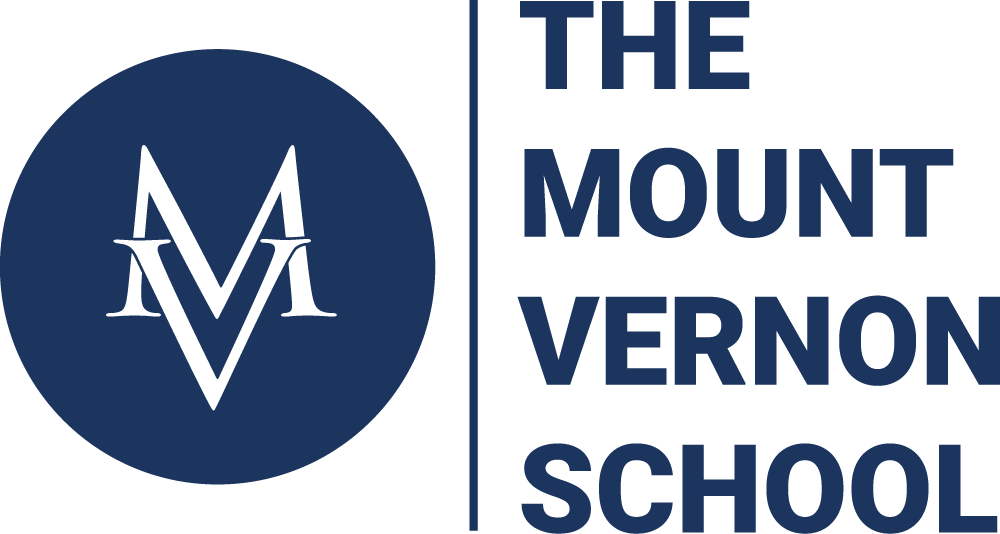Last week, a group of AP Calculus students and their teacher Danielle Heintz took a trip to Six Flags to gather data about motion using rollercoasters. By using an app that gathers accelerometer data and videos of their rides, the students put together an analysis of the force, velocity and acceleration of the rollercoasters. Below are a few reflections from the students.

Ashley Koch, Class of 2019
Through my experience at Six Flags, I experienced real life calculus even when not realizing in the moment. Besides the fact of calculus being so crucial in the creation of these fun rides, calculus also is shown when riding them too. I personally only rode one ride during my time at Six Flags, but during the ride I did experience the differences in the forces and velocities at different moments during the ride. I personally found that the hills were the moments where velocity’s change was most apparent and loops were the more noticeable for force’s. During the climb up to the top of the first hill, the velocity was a lot slower than rest of the ride; right when the rollercoaster tipped over the top of the hill, gravity, along with several other factors, pushed the rollercoaster down the hill causing the velocity to instantly increase. As the rollercoaster was moving along the rails, force was not a noticeably changeable factor at the moment; however, once reaching the first loop and going upside down, a rush of force pressed against me, making it hard to keep your head and hands up. Overall, this ride, even though it was decently short, experienced a lot of velocity and force changes, allowing for us to get a better idea of the calculus going into these rides and how it affects them.
Bryce Jones, Class of 2019
Last Friday I had the opportunity to further my understanding of calculus via a real world example of math in action: roller coasters. The sensations provided by these feats of engineering can be better understood through math. For example, the “forceful” feeling of the rides can be attributed to a rapid increase in acceleration and force. Hence why the most amount of force is felt a few seconds after passing over the peak of the track, where acceleration is greatest. The velocity of the ride could be felt changing from positive to negative near the end of the ride, when a flat part of the track provided a means of decelerating the cars. The most impressive feat of engineering I came across while at Six Flags wasn’t an observable feature of the rides. The uniformity of the rides- how each experience can be nearly identical and equally safe- was most impressive to me. Overall, I felt like the experience helped me to understand how math can be used to predict and control every minute detail of something as complex as a roller coaster.


